"CRAFT TOURISM ECHIZEN" The Story of the Birth of a Joint Workshop That Changed the Production Area of Cutlery

Until the birth of the joint workshop “Takefu Knife Village” that changed the production area of Echizen cutlery
About birth
About 10 minutes by car from the Hokuriku Expressway Takefu IC, you will see a unique cylindrical building.
It is a joint workshop “Takefu Knife Village”, which is rare among the many knife production areas in Japan.
The division of labor is common in the production of Echizen cutlery, but here craftsmen from 13 workshops work under one roof.
The sound of forging steel resounding powerfully, the breathing of the craftsmen sharpening the knives while spraying water... When you see it up close, the scene is powerful, and you can feel the tension of craftsmanship.
Echizen cutlery is now gaining worldwide recognition and attracting attention. The catalyst for this was the birth of Takefu Knife Village.
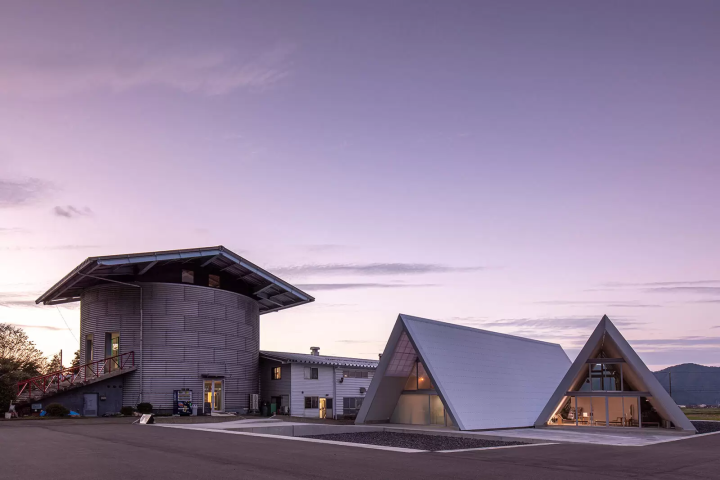
young craftsmen
Young craftsmen searching for the future of the production area
Echizen cutlery, which has a history of about 700 years, is one of Fukui's representative traditional industries that was designated as the first "traditional craft" in the cutlery industry.
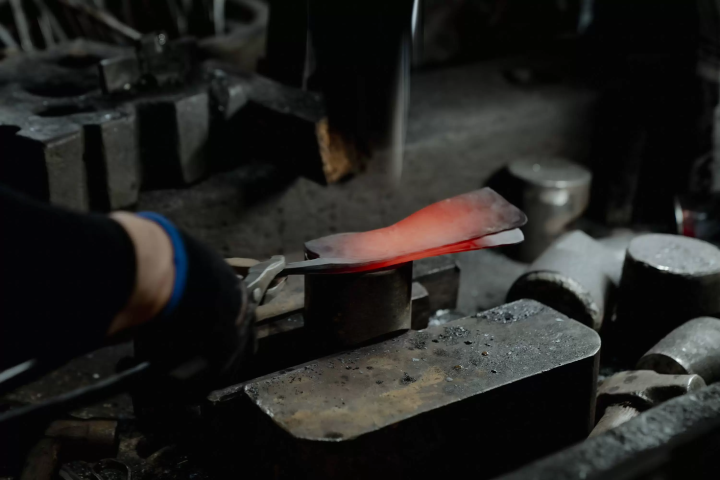
Until around the beginning of the Showa era, stable production continued, but with the rapid economic growth and mechanization progressed, the demand for Echizen cutlery, which is made by hand one by one, dropped sharply. Due to the spread of stainless steel and the rise of inexpensive foreign-made die-cutting tools that are mass-produced, the environment surrounding the production areas was becoming severe.
“Echizen City was originally dotted with cutlery workshops. Mr. Hideo Kitaoka of Kitaoka Cutlery Factory.
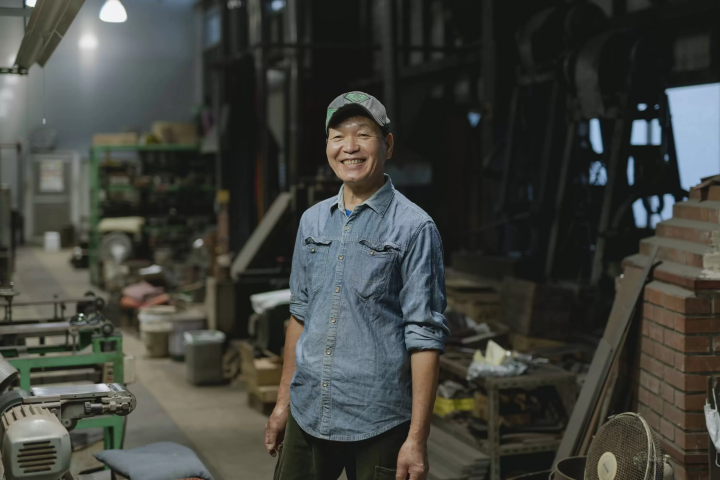
▲Mr. Kitaoka is currently the chairman of the Takefu Knife Village Cooperative.
Kitaoka was in his 20s at the time. Not only Mr. Kitaoka, but also the craftsmen of the same generation who were in charge of the production area had a sense of crisis about the future of the production area.
In addition to sluggish product sales, there were a mountain of problems, such as the aging of craftsmen, a shortage of successors, and noise troubles with neighbors.
Therefore, in 1973, the "Takefu Cutlery Industry Study Group" was formed mainly by young craftsmen. Every night, after work, we would get together and talk about the future of the production area.
“Echizen Uchihamono is a variety of craftsmen who specialize in deba knives and nakiri knives, sickle specialists, hatchet specialists, and sharpeners. It was also a place where I was able to make horizontal connections with the other craftsmen.”
meet the designer
Encounter with Mr. Kazuo Kawasaki, a designer who will change the fate of the production area
At that time, Mr. Kitaoka and his friends came to a turning point. Through an introduction from the Industrial Experiment Station in Echizen City, he met Fukui-born designer Kazuo Kawasaki, and joined the craftsmen in developing new products.
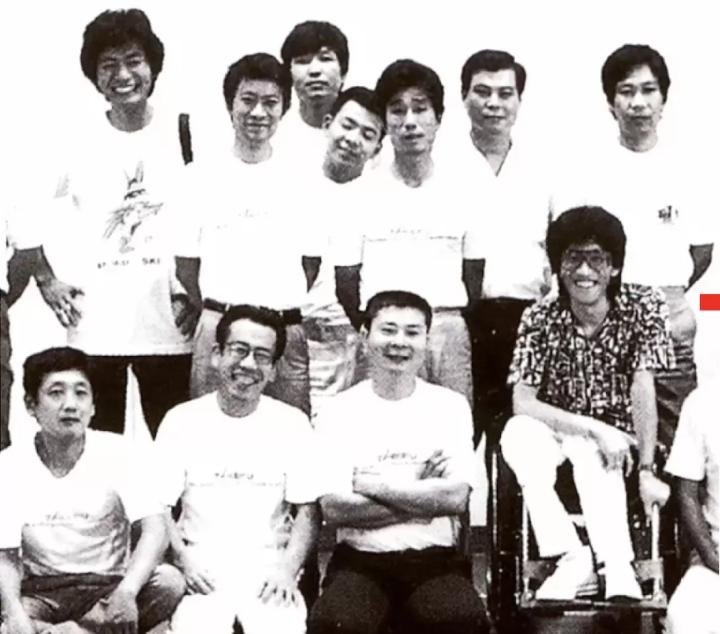
▲ Mr. Kawasaki (bottom right) and craftsmen
“When I saw the kitchen knife, I thought, ‘This is not in Tokyo. In Tokyo, only cheap knives called bunka knives are sold. Not real. They have real ideas, but they are not accepted by the Tokyo market. So I decided to try my own design.”
Mr. Kawasaki talks about that time in his book "Dream Designer" (KTC Chuo Publishing).
ARTUS PROFESSIONAL
A unified brand born after a difficult product development process
The uniform brand name of the new product was named "Takefu Knife Village", and product development started with Mr. Kawasaki.
However, the road to completion was by no means smooth.
“The design drawings for the new products that Mr. Kawasaki drew were all new and innovative. To be honest, I wondered how they could make such a knife,” says Mr. Kitaoka about those days.
Starting with Mr. Kitaoka, the craftsmen are all people who have been making things for generations. It is said that there were quite a few craftsmen who rejected the katakana occupation of “designer” and design thinking itself.
After work, everyone gets together in the evening and talks and debates are heated. It took about a year to create a prototype based on Mr. Kawasaki's design drawings.
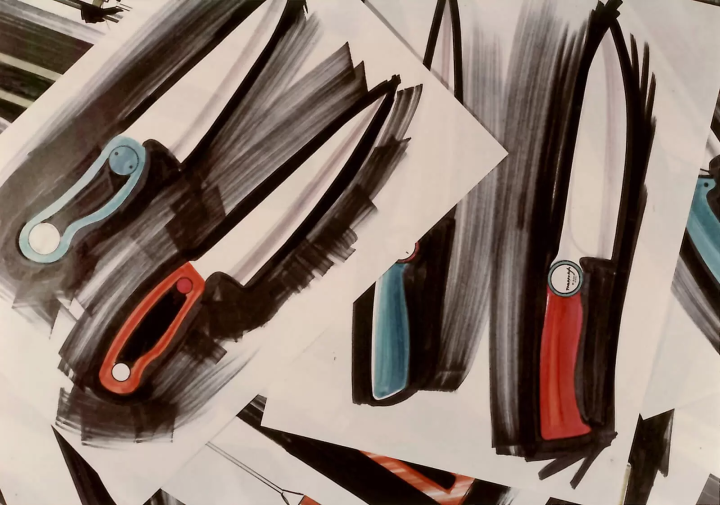
In 1983, 17 new products were finally completed.
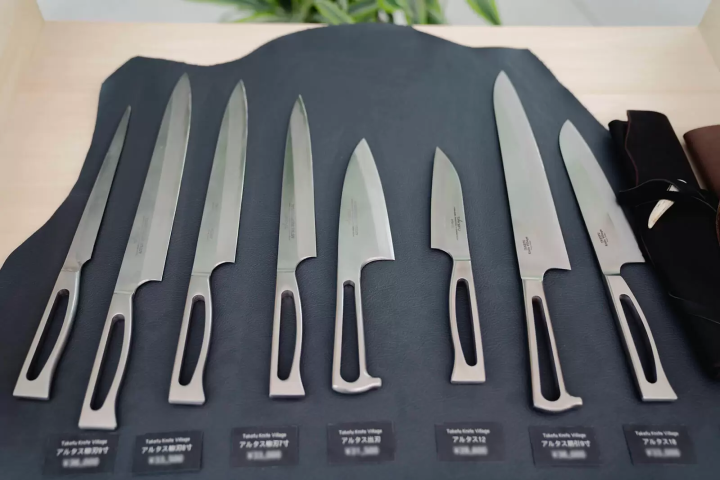
▲TAKEFU KNIFE “ARTUS PROFESSIONAL” series designed by Mr. Kawasaki
With this in mind, at the "Takefu Knife Village Exhibition" held at the AXIS Building in Roppongi, Tokyo, we exhibited a unique design that integrates from the blade to the grip, which has not been seen in Echizen Uchihamono so far, as well as weight balance and cutting edge curve. The technique of the delicate craftsmen became a big topic.
“At that time, we repeatedly received and delivered orders from wholesalers. It also became an opportunity for me to be proud of myself.”
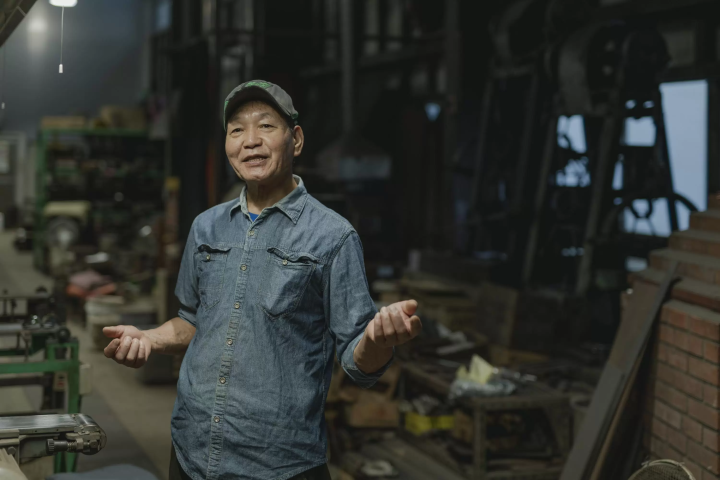
▲“We were happy not only because of the price and the delivery date, but also because our technology was well recognized,” says Mr. Kitaoka.
In 1986, an exhibition was also held in New York, USA, which was a great success. Since then, Echizen cutlery has spread its wings to the world both in name and reality, such as continuing to exhibit at Germany's Ambiente, a world-famous exhibition.
Established a joint workshop
Aiming for a stronger production area, establishing a long-awaited joint workshop
The “Takefu Knife Village” brand became a big topic, but not all problems were solved. In the future, in order to develop products as a unified brand, the production volume cannot be expected from the small workshops scattered throughout the city. Therefore, it was necessary to create a new base.
Therefore, the concept of a “joint workshop” where multiple workshops make things under one roof is born.
The building was designed by architect Kiko Mozuna. In May 1993, the new activity base "Takefu Knife Village" was completed at a total construction cost of 300 million yen.
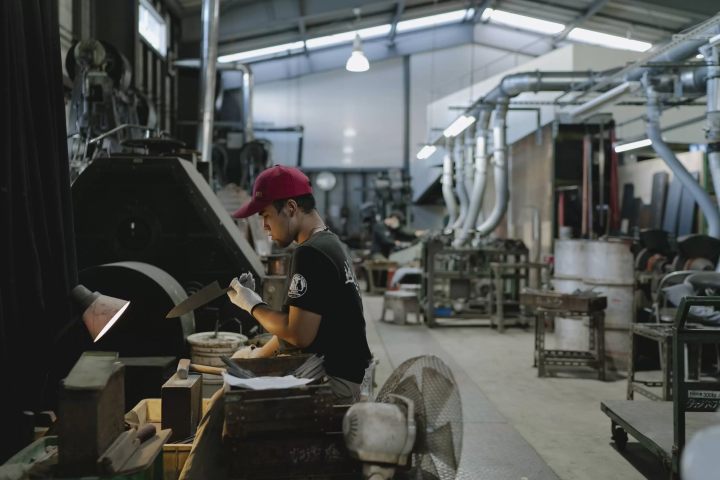
“With no subsidies, it was truly a once-in-a-lifetime match. The founding members of the 10 companies each shouldered a debt of 30 million yen, closed the workshops they had been working on, and opened Takefu Knife Village. You bet everything."
great benefits
What are the major advantages of the joint workshop?
I wonder if there was any confusion about the joint workshop, which is unprecedented in Japan.
“Originally, the craftsmen’s work is something that they don’t want to show to the outside. Of course, there was some conflict at the beginning. is a big advantage.”
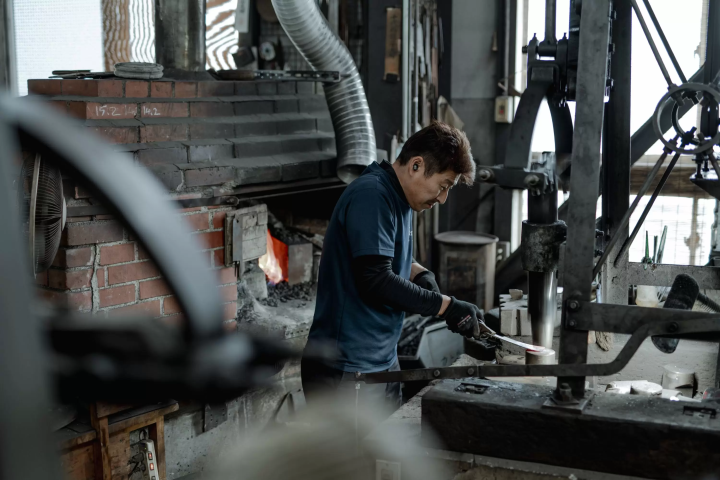
At Takefu Knife Village, communication between young craftsmen is active beyond the walls of the workshop. In recent years, more and more people from all over the country have moved to Echizen with the intention of becoming craftsmen of the Echizen cutlery, and the number of people who find employment through internships is also increasing year by year.
In August 2020, a new workshop was born on the premises.
The building, which has a novel triangular design, has a shop that sells Echizen cutlery and a large object exhibiting kitchen knives designed by Kazuo Kawasaki. there is
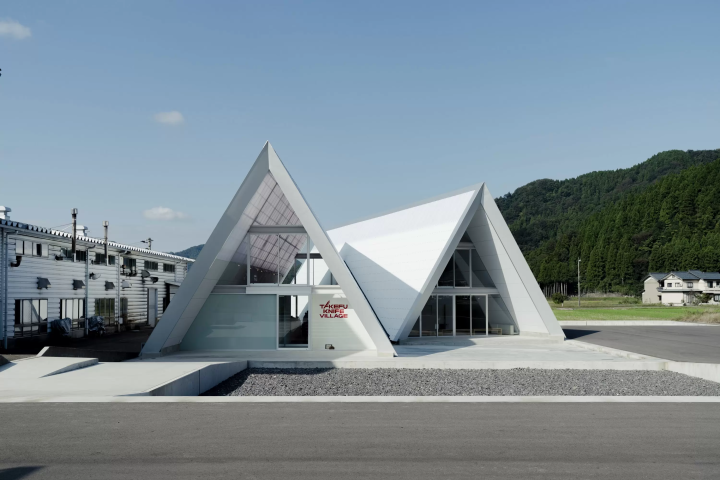
▲The multi-purpose plaza next to the new workshop doubles as a studio site for young craftsmen to go independent.
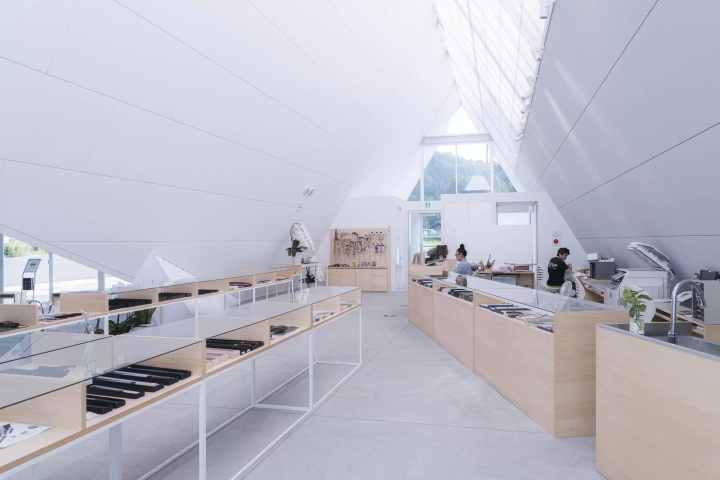
▲In the new building, products that Mr. Kawasaki worked on are also on display.
The encounter between the traditional techniques of craftsmen and "industrial design" became a major turning point for Echizen cutlery. The many knives created one by one with soul will continue to fascinate people from all over the world here at Takefu Knife Village.
▼ Takefu Knife Village
Echizen wisdom ~Proposing a new tourism, a journey of wisdom.~ A town that has inherited the skills and spirit of its predecessors for 1,500 years. Echizen, the entrance to the "Koshi no Kuni" ruled by an ancient king. A place of wisdom where cutting-edge technology and culture first flowed in from across the Sea of Japan and became the origin of Japan's profound manufacturing. In the traditional industries that coexist with the nature of the land and in the people who live here, the universal wisdom that human beings want to bring to the next 1000 years is alive. Here and now, there is a future born from exchanges that transcend national borders and time and space. A new quest to find light. Welcome to Echizen.
The contents on this page may partially contain automatic translation.






























![[2026] Top 5 Strawberry Picking Spots in Tokushima, Naruto| Farms and Access Guide for January to May](https://resources.matcha-jp.com/resize/720x2000/2025/03/06-227165.webp)
![[Yamanashi/ Hokuto City] 4 Hot New Spots Opening in 2026](https://resources.matcha-jp.com/resize/720x2000/2025/12/12-252747.webp)


